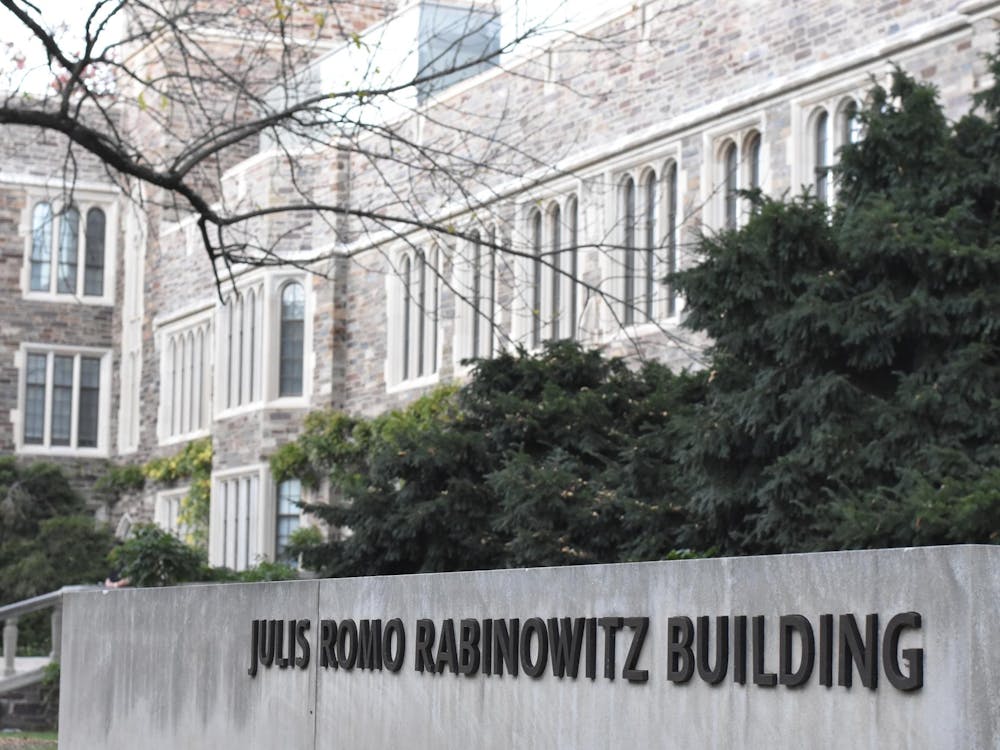The Office of Disability Services uses a model that courts have supported at times, though it has also been disputed by leading neuropsychologists. To qualify for accommodations under this model, a student’s performance on a standardized psychometric test must be 1.5–2 standard deviations below that of the “average person” in the same age group nationally. Is this the right standard to use? By this measurement, a dyslexic student whose reading rate is as low as the 17th percentile is defined as “average.” This bar seems too low.
Neuropsychologists define a learning disability as a significant discrepancy in test scores. For example, a dyslexic person may have an IQ in the 99th percentile but a reading rate in the 21st percentile. Is this reading rate rightly viewed as “average”? Neuropsychologists note that the discrepancy faced by such a capable but dyslexic student creates a problem different from that faced by people with universally low scores. As neuropsychologist Roger Lauer describes it, it is like having a Ferrari engine but a Volkswagen transmission. Because the speeds at which a person does different mental tasks are out of synch, it is hard for neural pathways to work together. Allotting these students extra time on exams is logical, since it takes them substantially longer to read and process questions.
As Supreme Court Justice Sonia Sotomayor ’76 observed in a 1997 decision in Bartlett v. New York State Board of Law Examiners, for academically oriented people, “the inability to identify and process words with ease would be crippling.” In that case, Sotomayor, who was a judge in the U.S. District Court for the Southern District of New York at the time, found for the dyslexic plaintiff, who had proven herself an excellent lawyer as an associate but was unable to pass the bar exam without accommodations she had been denied.
In choosing the “average standard” — unlike many other selective schools, which use a more inclusive model — Princeton appears to be placing too much emphasis on possible spillover effects on other students (which are likely to be minimal), while undervaluing the costs to learning-disabled students. Documents that Metcalf-Leggette found during discovery suggest that ODS is worried that learning-disabled students will gain unfair advantages through accommodations. But studies show that such students underperform on tests, especially when timed.
Some may worry that students pretend to have learning disabilities to gain an unfair advantage. Research should quell this concern too. According to a June 2009 report from the National Institute for Literacy — a federal agency affiliated with the U.S. departments of Education, Health and Human Services, and Labor — the degree to which non-disabled examinees benefit from extended time on tests is negligible. Additionally, when learning-disabled students were given extra time on the SAT, their scores improved but remained lower than those of their non-disabled peers. The NIL report, which surveyed all peer-reviewed articles on learning disabilities, concluded that “extra time is not going to improve performance if an individual does not know the [course] content.”
It is only fair that students with learning disabilities be allowed to demonstrate the full extent of their intelligence and knowledge of course material on exams. Time extensions are the only accommodation that has been studied extensively and shown to work, according to the NIL report. The University does give 50 percent time extensions to students whose scores fall below the average standard, including Metcalf-Leggette. But research suggests that time extensions should be individually gauged and that 100 percent time extensions should be the starting point. These are commonplace in higher education, including at other selective schools such as Harvard, Yale, Brown, Penn and the University of Michigan.
Advising learning-disabled students that the solution is to drop classes with grades heavily dependent on timed exams — as ODS has advised Metcalf-Leggette — is antithetical to Princeton’s own educational goals. If a learning-disabled student avoids such courses even though he or she could master the material, then Princeton’s rules stand in the way of that student’s education. This educational approach is inefficient, wasteful and disrespectful to hardworking, high-functioning students who have gained admission to Princeton despite the obstacles posed by learning disabilities.
Princeton has distinguished itself in other areas by not being content to follow the minimal standard required by law or convention. By using a scientifically supported and more inclusive definition of learning disabilities, the University would enable more students to get the most out of their education. Through small modifications to existing accommodations, the University can extend the principles of diversity, equity, efficiency and excellence in education to students who have been admitted to Princeton, but whose success here is impeded by learning disabilities.
Miriam Geronimus is a sophomore from Ann Arbor, Mich. She can be reached at mgeronim@princeton.edu.
Correction: Due to an editing error, an earlier version of this column stated that Diane Metcalf-Leggette ’13 was diagnosed with four learning disabilities. Though her original complaint read that she had four learning disabilities, she was most recently diagnosed with only dyslexia and attention deficit hyperactivity disorder.








